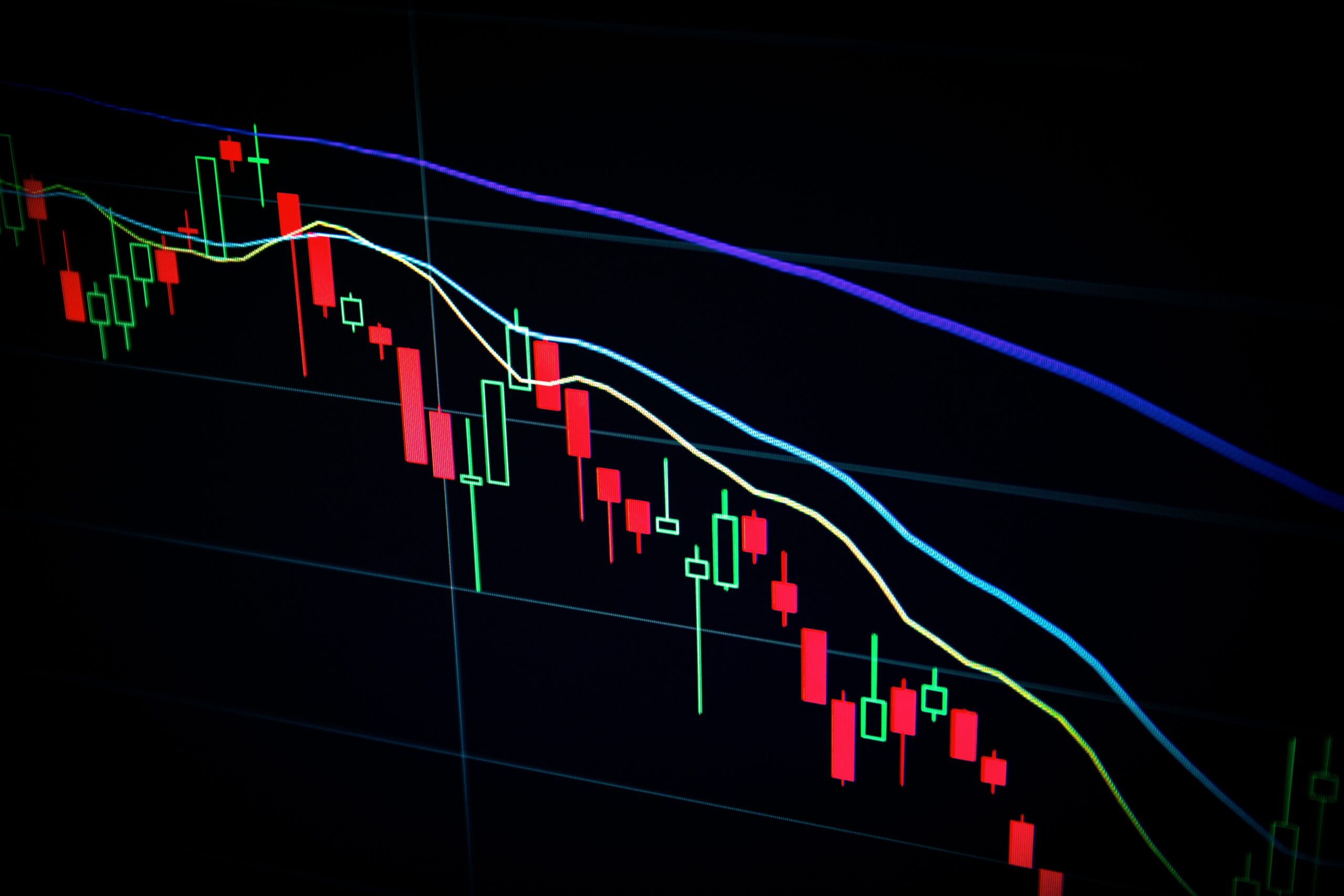Master the Basics and Navigate the Financial Markets with Confidence
Trading is a fascinating and potentially lucrative endeavor that allows individuals to buy and sell financial assets in various markets.
Market Types
There are several types of financial markets where trading takes place:
- Stock Market: In the stock market, traders buy and sell shares of publicly traded companies. Stocks represent ownership in a company and can be bought through stock exchanges like the New York Stock Exchange (NYSE) or the Nasdaq.
- Forex Market: The foreign exchange (forex) market involves trading currencies. Traders speculate on the exchange rate between two currencies, such as the EUR/USD (Euro/US Dollar) pair.
- Commodities Market: Commodities are physical goods like oil, gold, and wheat. Traders can buy and sell futures contracts tied to these commodities, aiming to profit from price fluctuations.
- Cryptocurrency Market: Cryptocurrencies like Bitcoin and Ethereum are digital assets traded on cryptocurrency exchanges. These markets operate 24/7, unlike traditional stock exchanges.
Trading Instruments
Trading instruments are the assets or financial products you can trade within each market. They include stocks, bonds, options, futures contracts, and more. Each instrument has its own characteristics and risk profile, so it’s crucial to understand what you’re trading.
Trading Strategies
Trading strategies are approaches used by traders to make informed decisions. Common strategies include:
- Day Trading: Day traders buy and sell assets within the same trading day, aiming to profit from short-term price movements.
- Swing Trading: Swing traders hold positions for several days or weeks, capitalizing on medium-term price trends.
- Position Trading: Position traders hold positions for months or even years, focusing on long-term market trends.
- Technical Analysis: This strategy involves analyzing price charts and patterns to predict future price movements.
- Fundamental Analysis: Fundamental traders study financial data, news, and economic indicators to make trading decisions.
Risk Management
Risk management is a crucial aspect of trading. Traders should never risk more than they can afford to lose and should use tools like stop-loss orders to limit potential losses. Diversification, the practice of spreading investments across different assets, can also help mitigate risk.
Trading can be a rewarding endeavor, but it’s not without risks. To succeed, you must grasp the basics of trading, choose the right market and instruments, develop a solid strategy, manage risk effectively, and control your emotions. Continual learning and practice are key to becoming a successful trader. Remember, it’s a journey that requires patience, discipline, and dedication.









